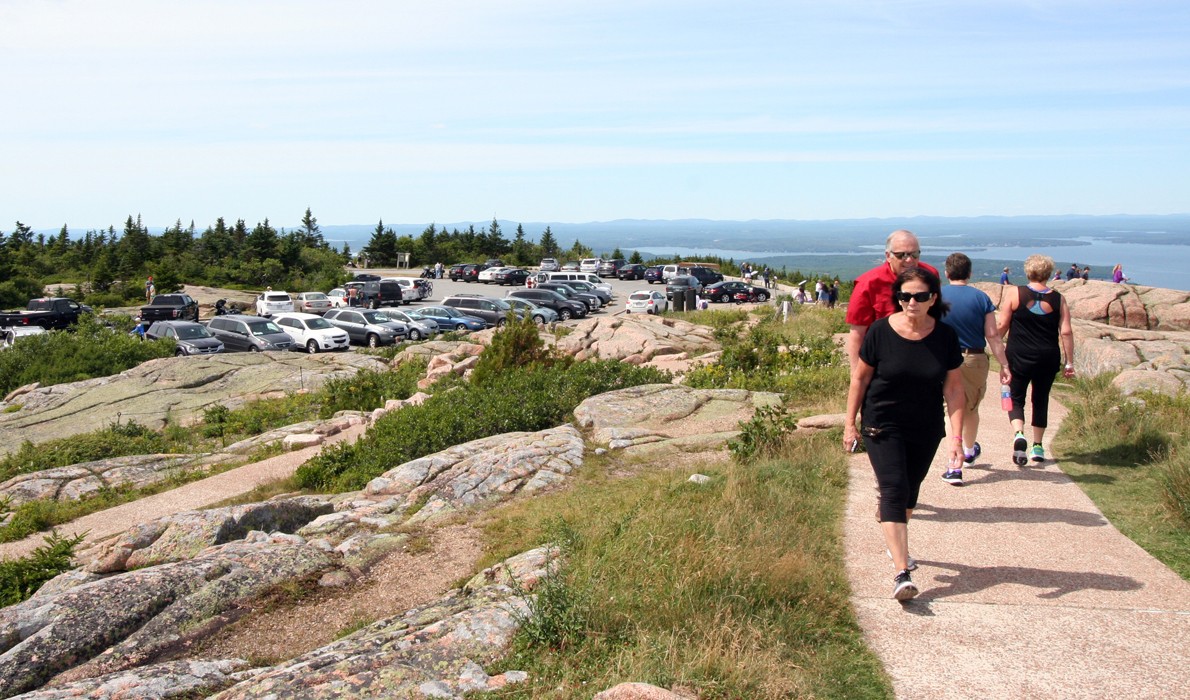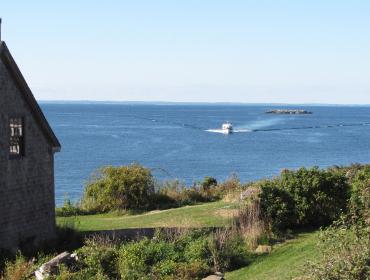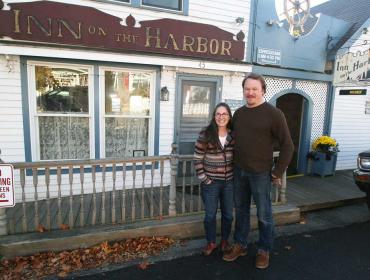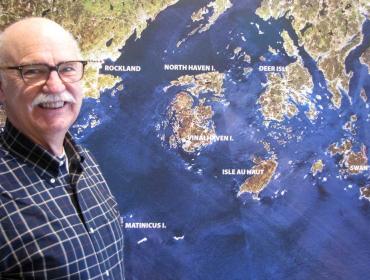Posted April 10, 2019
Last modified April 10, 2019
By Tom Groening
I confess to having a sense of pride in Acadia National Park. Not that I have had anything to do with its founding or sustaining it, but as a Mainer, I feel good about it being here.
None of the other New England states has a national park. Yes, Massachusetts has the Cape Cod National Seashore, and there are federally run historical parks scattered throughout the region, but Acadia is the region’s sole national park.
It’s a feather in our cap, a cultural and natural asset, a drawing card for our tourism economy, and a conservation success story. But increasingly, it’s a place to avoid, especially in July and August.
Acadia is at a crossroads, it seems to me, and it’s not clear where the diverging paths lead. If visitation continues to grow, the park, and the island that hosts it, could resemble Cape Cod in the summer—too many people, too many cars, drowning out the natural elements that were the initial attraction.
But if park officials take drastic steps to limit vehicle access, Acadia could become something resembling a private sanctuary, protected but not experienced.
My wife and I generally try to visit in late spring or fall—it’s a 75-minute drive from our home in Belfast—but I was shocked a couple of years ago on Columbus Day when we planned a hike up the south ridge of Cadillac Mountain. Even though the trailhead doesn’t have a designated parking lot and has a few small signs, there were a couple of dozen vehicles parked along the road, and on the ascent and descent, we hiked close behind or just ahead of several groups.
An obvious first fix would be to limit vehicle access and encourage visitors to rely on the Island Explorer bus system. Park officials have had to close the road to the Cadillac summit from time to time, which is one such drastic fix.
But for better or worse, most of us would be reluctant to give up accessing the park with our private vehicles. To do so means a loss of control and timing, and, at least for us, access to gear, food, and water. After climbing a mountain, we often decide on the spur of the moment to head down to Seal Harbor to sit on the beach and eat a late lunch, or head into Bar Harbor for pizza and a beer.
One strategy that may yield results is to educate visitors on how to enjoy parts of the park off the beaten path—beyond Sand Beach, Thunder Hole, and Cadillac Mountain. Park officials could identify, and disseminate on social media, package adventures—a morning walking this little-used carriage trail, an afternoon climbing that overlooked mountain, appropriately matched to ability and age.
Park officials also might try to break out of rigid federal fee structures to offer lower rates for mid-week and off-season rates. As surprisingly busy as the park was that Columbus Day of a couple of years ago, I bet visitation dropped off precipitously over the next few weeks. Officials could offer a special deal for Maine residents—if, again, they are able to break free of federal rules—in early spring and late fall, maybe even hosting Maine-based food trucks in a limited concession deal at certain access points.
It was private donations of land that established Acadia. Perhaps private business can be part of the solution in easing the wear and tear. What about local businesses “adopting” and funding maintenance for certain features in the park, or adopting and promoting the trails that are overlooked?
It’s time to get creative, or we risk having Acadia National Park resembling Old Orchard Beach.
Tom Groening is editor ofThe Working Waterfront.

Contributed by




